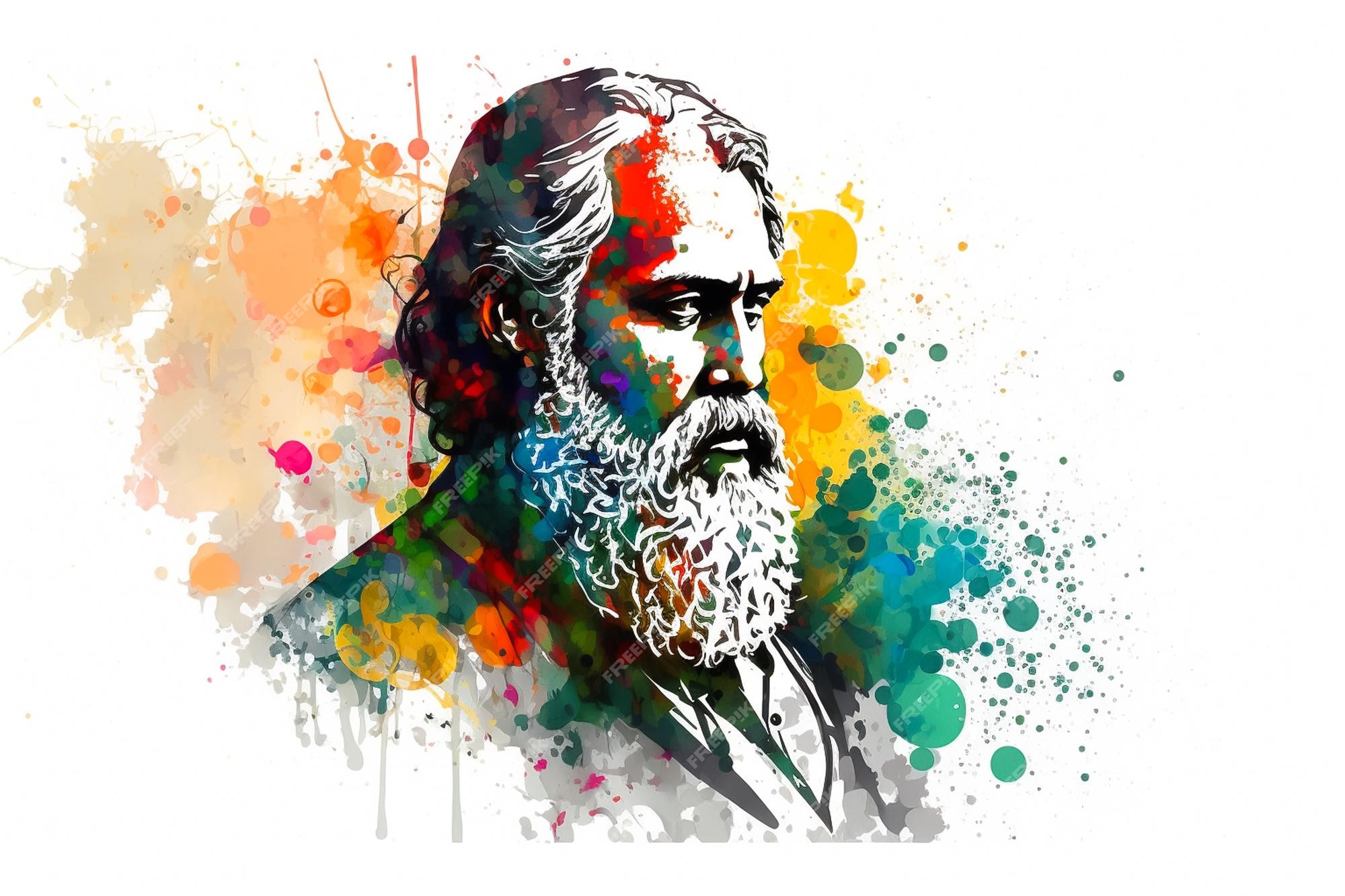Rabindranath Tagore is one of several great authors whose works have had a long-lasting and wide-ranging impact on literature. Tagore’s genius as a poet, philosopher, artist, and educator has had a lasting impact on Indian culture and cultures around the world. This article delves deeper into the life and works of Rabindranath Tagore, a literary legend and the first person from a non-European country to win the Nobel Prize.
A Look at Rabindranath Tagore’s Life
On May 7, 1861, Rabindranath Tagore was born in Kolkata (now Calcutta), India. Tagore was homeschooled in literature, philosophy, and the arts while growing up in a family with a strong sense of cultural heritage, which cultivated his intellectual curiosity and artistic abilities.
The Literary Contribution of Tagore, Poet Laureate
As a prolific author, Tagore produced tens of thousands of poems as well as several novels, plays, short tales, and essays. His writings, which frequently deal with themes of love, divinity, and nature, are praised for their lyrical beauty and insightful intellectual underpinnings. Gitanjali, which translates as “Song Offerings,” is a compilation of Tagore’s poems that brought him the Nobel Prize for Literature in 1913 and propelled him to prominence all over the world.
Tagore’s Journey in Painting and Music: The Visionary Artist
Tagore’s artistic endeavours went beyond writing to include painting and music. He began painting in his late sixties, producing over 2,000 pieces that gave Indian art a fresh perspective. Additionally, Tagore wrote the music and lyrics for about 2,000 songs that are now classified as Rabindra Sangeet and continue to touch the hearts of millions of people.
Tagore’s founding of Visva-Bharati University is known as “The Education Reformer”
In Santiniketan, West Bengal, Tagore founded Visva-Bharati University. He was a visionary in the realm of education. The institution was intended to be a hub where the best Eastern and Western ideals might coexist in harmony.
Questions and Answers
Rabindranath Tagore: Who is He?
Indian poet, author, musician, artist, philosopher, and advocate for educational reform Rabindranath Tagore also played music. He was the first non-European recipient of the Nobel Prize in Literature when he received it in 1913.
What are the best-known pieces by Rabindranath Tagore?
Gitanjali, a collection of poems that garnered Tagore the Nobel Prize, is his most well-known composition. His other significant compositions are the national anthems of Bangladesh and India, Amar Shonar Bangla and Jana Gana Mana, respectively.
What did Rabindranath Tagore provide to the educational field?
The Visva-Bharati University was established by Tagore at Santiniketan, West Bengal. The university had a distinctive method of teaching that combined Eastern and Western principles and placed a strong emphasis on holistic learning.
Rabindra Sangeet: What is it?
The collection of songs that Rabindranath Tagore wrote and composed is known as Rabindra Sangeet. There are almost 2,000 songs that combine Indian classical music with folklore.

